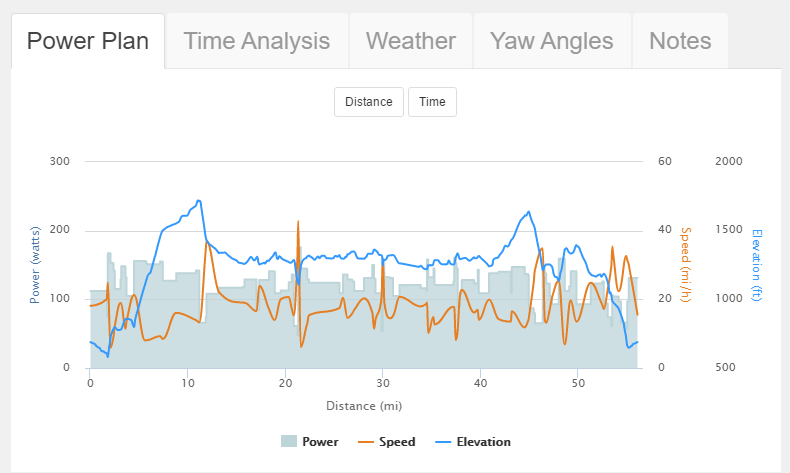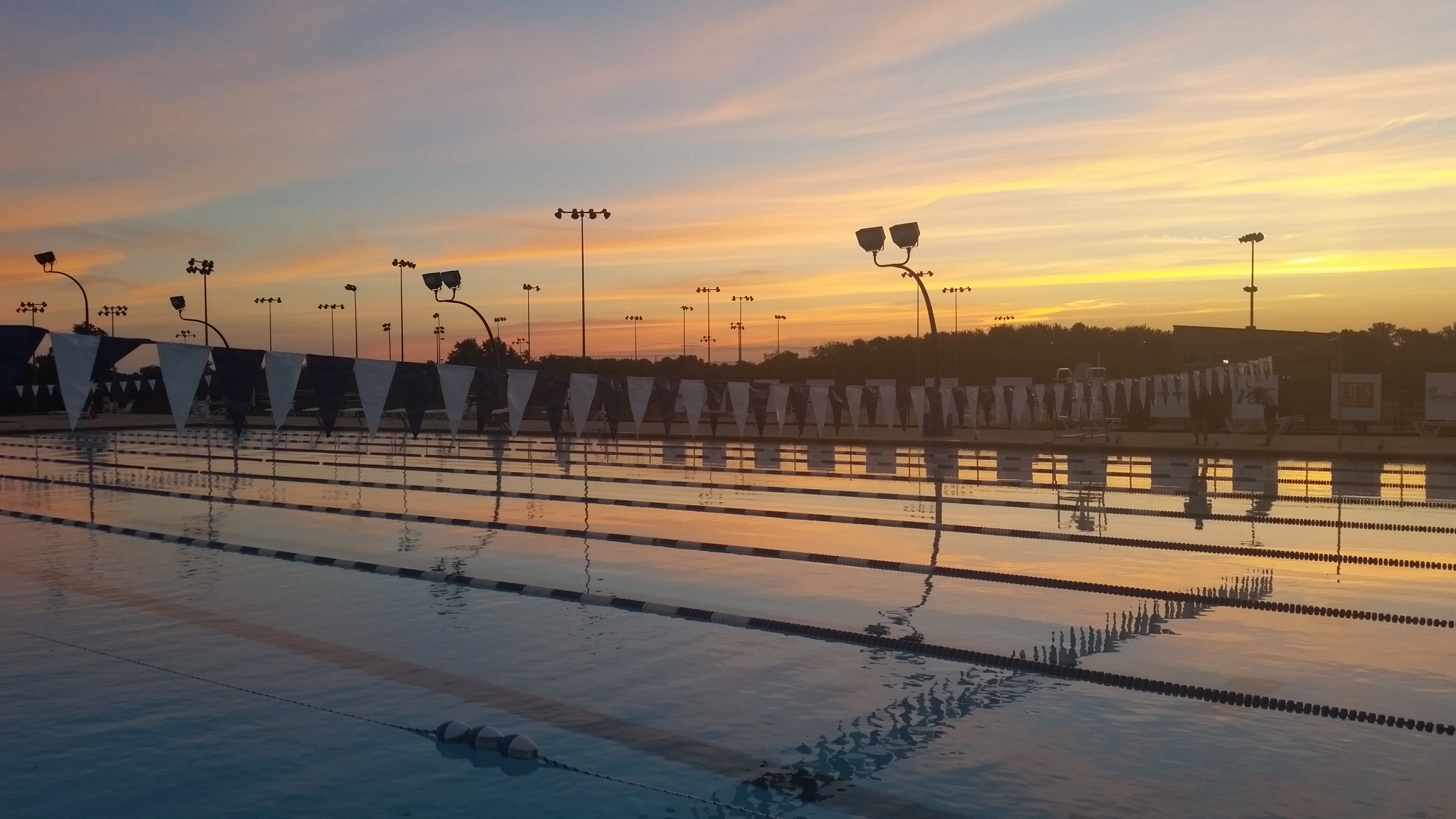Last week I went into some detail about energy systems and how we produce energy, as well as some physiological changes that are desired when training.
Before I jump into training zones, I want to mention one more topic, muscle fiber types.
Muscle Fiber Types
First I will mention muscle fiber types, as related to skeletal muscles. You may be familiar with the terms slow twitch and fast twitch. Slow twitch fibers are classified as Type I and fast twitch are Type II. There are two types of fast twitch – Type IIa and Type IIx (sometimes referred to as Type IIb).
- Type I (Slow Oxidative) have a high amount of mitochondria, a high resistance to fatigue and uses predominantly oxidative energy systems (aerobic). These are the muscles we train to go at a steady pace for a long time. Endurance athletes have a high percentage of Type I fibers.
- Type IIa (Fast Oxidative Glycolytic) are intermediate types. They lean towards the fast twitch side, but utilize both oxidative and glycolytic energy production pathways. This type is sometimes considered a combination of Type I and Type IIx.
- Type IIx (Fast Glycolytic) muscle fibers have fewer mitochondria, fatigue more quickly and use more anaerobic energy systems. They can also produce a high force relative to fiber size. Athletes in the more “explosive” sports will have a high percentage of this type of muscle. But endurance athletes may get a few of these to convert over to be more Type IIa-like.
Different muscle fibers are good at different things, which is why some athletes are better off in power sports with short duration, explosive movements, and others might find more success in endurance events.
Now let’s talk about Training Zones.
Get In The Zone
Training Zones are defined as a percent of something. Maximum heart rate is one, but because that is a number we may not ever really know, it’s often more useful to define zones as a percent of lactate threshold heart rate. (See Lactate Threshold – Why We Should Care) for more info on threshold. And we’ll visit it again when we talk about Zone 4.
Again, this training zone discussion is based on heart rate, as it is the most accessible data capturing device for athletes.
Here are the most common zones (names may vary)
Zone 1 = Active Recovery
Zone 2 = Aerobic Endurance
Zone 3 = Tempo
Zone 4 = Threshold
Zone 5 = VO2 max
Some zone systems have more zones, as you can incorporate a Zone 6 for Anaerobic Capacity, but because those intervals are so short <1min, and heart rate is a lagging indicator, we won’t worry about defining that heart rate zone. It’s just short and fast.
So you’ve done a test to determine your Lactate Threshold Heart Rate.
Zone 1 = Active Recovery, <65-80% of your LTHR,
Zone 1 may be one of the most neglected zones for endurance athletes. Why? Because it is so easy! (You will find different percentages in the literature, but the bottom line it that it needs to be really easy.)
Let’s look at some ranges of where your recovery zones might be at different LTHRs.
| LTHR | 140 | 150 | 160 | 170 |
| 65% | 91 | 98 | 104 | 110 |
| 80% | 112 | 120 | 128 | 136 |
When you train in a zone, you often want to be in the middle of a zone, not at an edge. For those whose LTHR is around 160bpm, they would probably have the bulk of their active recovery workout around 110-120bpm range. They are going to feel that this is hardly doing any work. Rate of perceived exertion may be two or three on a 1-10 scale.

You might say wow – I have to go super slow to stay in that zone. That’s the point. It is recovery, easy riding or running. EASY! We have to go slow enough so that when it is time to go fast, our body is ready.
Here’s how I think of this zone. It’s super conversational. Not broken sentence conversational, but rather I am going to tell you my life story conversational. In this zone, we can truly enjoy the scenery. We can think about how our entire body feels; we can focus on good form. We remember that our sport doesn’t have to “hurt.”
This is also the zone that you will get into if you are doing an interval session. Get the heart rate down between each interval so that you are ready for the next one.
Physiologically what happens?
Our heart rate is elevated beyond resting because we are doing work, and energy production takes place predominantly through our aerobic (oxidative) pathway. That means our mitochondria are the ones doing most of the work generating the ATP we need. In a recovery workout we are certainly not training our Type II muscle fibers.
We activate our cardiovascular system gently and increase blood flow. Ever feel stiff and sore after a hard workout? If the next day is light activity (not zero), you get some extra blood flowing back to your muscles and allow transport of nutrients to those muscles to aid in repair. After a “recovery” workout chances are you will you feel much better!
You aren’t going fast or hard enough to stress the system to allow for adaptations, but you are allowing for recovery so that your body can adapt to the stress you put on it during your harder sessions. And we can’t neglect the mental benefit of an easy day.
So make sure you are getting in your recovery, and next week we will talk about Zone 2, our Aerobic Endurance Zone.







